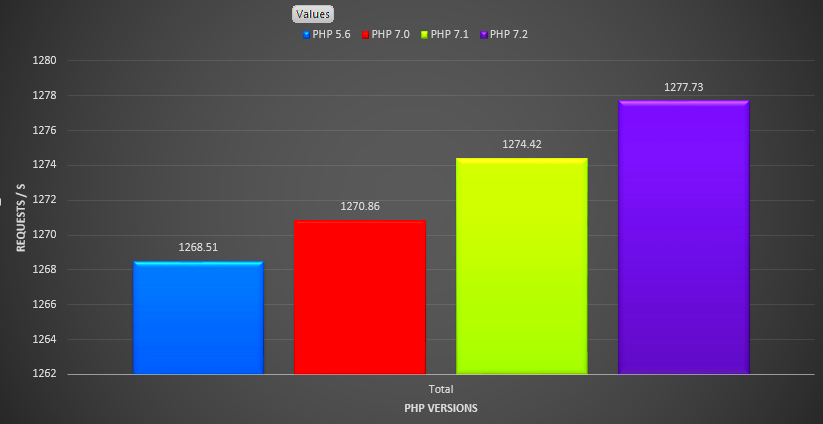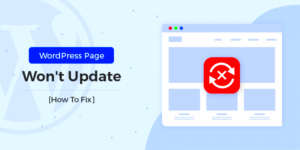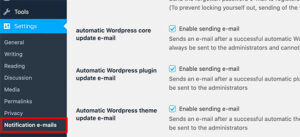Understanding the different PHP versions is crucial for WordPress users as it directly impacts your website’s performance, security, and compatibility. PHP, which stands for Hypertext Preprocessor, is the scripting language that powers WordPress and handles behind-the-scenes operations. Each version introduces enhancements, security patches, and deprecated functions that can affect how your website functions. As of now,
Why Choose the Fastest PHP for Your WordPress Site?
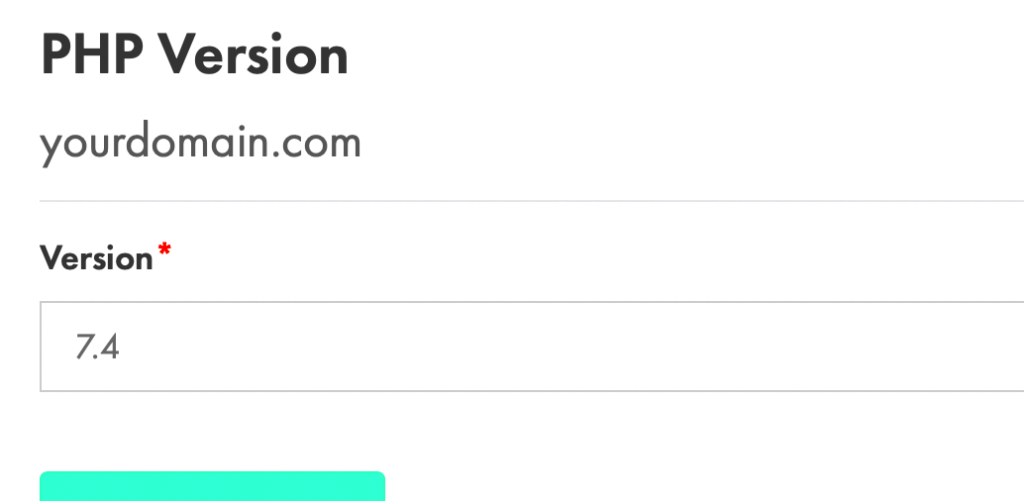
Choosing the fastest PHP version for your WordPress site can significantly enhance your website’s performance in several ways. Here’s why it matters:
- Improved Speed: Upgrading to the latest PHP versions, like PHP 8 and above, can lead to faster script execution, reducing load times dramatically.
- Enhanced Security: Newer versions receive frequent security updates. Running the latest version helps protect your website from vulnerabilities.
- Better Resource Management: Current PHP versions are optimized to use server resources more efficiently, resulting in less server overhead.
- Compatibility with Modern Tools: Many popular plugins and themes often leverage new PHP features. Using the latest version ensures compatibility with these tools.
The performance benefits are convincing. Let’s look at a quick comparison:
| PHP Version | Performance Improvement | Security Support |
|---|---|---|
| PHP 5.6 | Low | Outdated |
| PHP 7.4 | Moderate | Supported |
| PHP 8.0 | High | Fully Supported |
In summary, opting for the fastest PHP version not only supercharges your site’s speed but also fortifies its security, making it an essential choice for any WordPress website owner. So, why wait? Upgrade and experience the difference!
Overview of PHP Versions Available for Apache Hosting
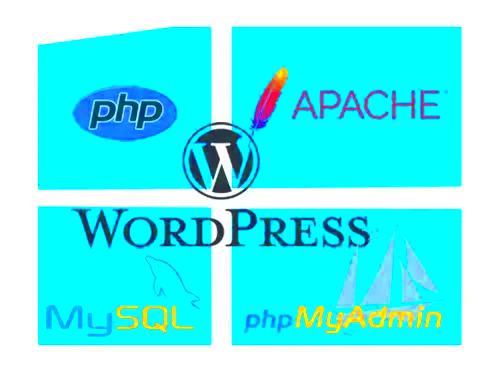
When it comes to hosting WordPress websites on Apache, the version of PHP you choose can significantly impact your site’s performance and security. As of October 2023, several PHP versions are available for use. Here’s a brief overview:
- PHP 8.1: This version has introduced several exciting features, including enums, fibers, and attributes, which enhance code organization and performance. Performance Improvement: PHP 8.1 offers a remarkable performance boost of up to 30% compared to its predecessor.
- PHP 8.0: Released in late 2020, PHP 8.0 introduced JIT (Just In Time) compilation, improving runtime performance for certain workloads. Best For: If you are running applications that can benefit from JIT, PHP 8.0 is an excellent choice.
- PHP 7.4: Although a bit older, PHP 7.4 remains popular due to its stability and mature ecosystem. Usage Stats: Many hosting providers still offer this version since it has a large number of compatible plugins and themes.
- PHP 7.3 and below: While still available, these versions are no longer supported and do not receive updates. It is strongly advisable to avoid these versions for security reasons.
In summary, for optimal performance and security on your WordPress website, it is recommended to use at least PHP 7.4, although PHP 8.0 and 8.1 are considered the best options. Make sure to check with your hosting provider about their PHP version offerings!
Comparing PHP Performance: Benchmarks and Metrics
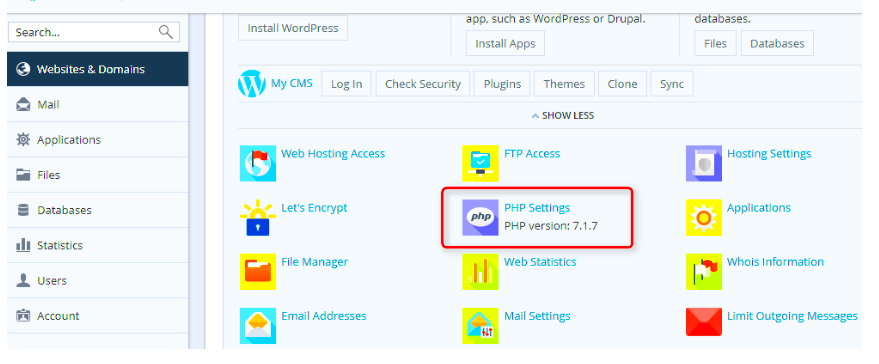
When evaluating the performance of different PHP versions, benchmarks and metrics play a crucial role. Here’s a breakdown of how various versions stack up in real-world scenarios:
| PHP Version | Performance Improvement | Memory Usage | Compatibility |
|---|---|---|---|
| 8.1 | Up to 30% faster than 7.4 | Reduced memory footprint | High with most themes/plugins |
| 8.0 | 20-25% faster than 7.4 | Similar to 7.4 | High compatibility, fewer issues |
| 7.4 | Stable, performant, about 10-15% faster than 7.3 | Good memory management | Excellent, widely used |
| 7.3 | Baseline performance – slower compared to newer versions | Higher memory usage | Good, but outdated |
Key Metrics to Consider:
- Response time: How quickly does your server respond to requests?
- Throughput: The number of requests that can be handled in a given period.
- Memory Usage: How much memory does the server consume under load?
In conclusion, upgrading to the latest version of PHP can yield substantial performance improvements for your WordPress website hosted on Apache. If you want speed, efficiency, and security, it’s time to consider making the switch!
Installing the Latest PHP Version on Apache Hosting
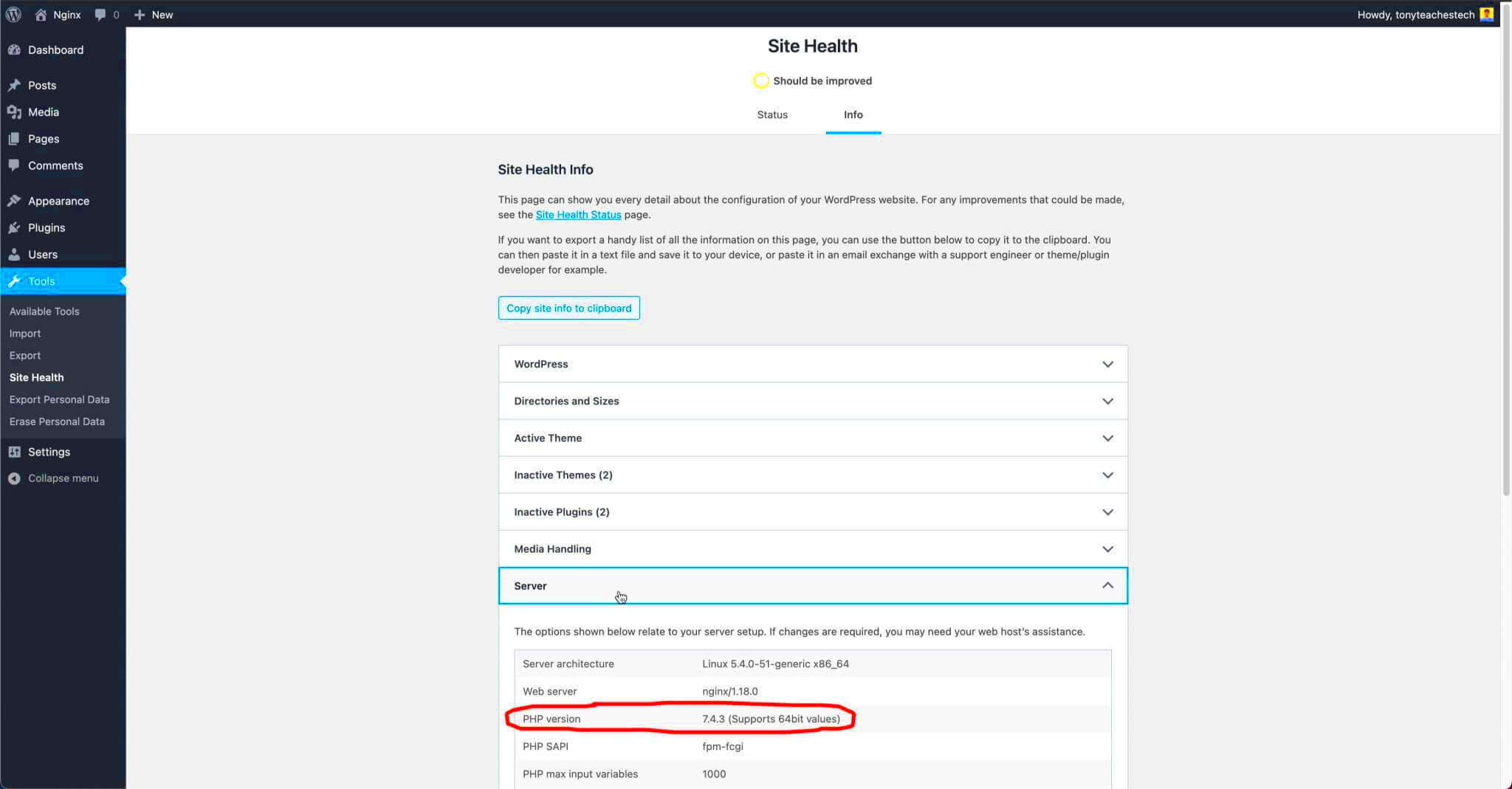
When it comes to harnessing the power of the latest PHP version for your WordPress site hosted on Apache, the installation process is crucial. The good news? It’s usually a straightforward procedure. Let’s break it down step by step!
Step 1: Check Current PHP Version Before we dive into installing the latest version of PHP, it’s important to know what you’re currently running. You can find this out through your hosting control panel or by creating a simple PHP file. Just make a file called info.php with the following code:
<?php phpinfo(); ?>Upload this file to your server and access it in a web browser. This will give you all the details about your PHP configuration, including the current version.
Step 2: Access Your Hosting Control Panel Most hosting providers (like cPanel, Plesk, etc.) have an easy way to manage PHP versions directly from the control panel. Log in, and look for sections labeled “Select PHP Version” or “PHP Manager.”
Step 3: Select the Latest PHP Version Once you’re in the right section, you should see a dropdown list of available PHP versions. Select the latest stable version (e.g., PHP 8.1 or PHP 8.2) to ensure that you not only get performance improvements but also security enhancements.
Step 4: Save Changes After making your selection, make sure to save your changes. Your server will usually take a few seconds to switch to the new PHP version.
Step 5: Test Your Site Finally, revisit the info.php file you created earlier to confirm that the PHP version has been updated. It’s also wise to test your website thoroughly to catch any compatibility issues with plugins or themes.
Configuring PHP Settings for Optimal Performance
Once you have the latest PHP version installed, it’s time to tweak those PHP settings for optimal performance. Configuring PHP effectively can make a noticeable difference in the speed and reliability of your WordPress site. Here are some essential settings to consider:
- Memory Limit: Allocate enough memory for your WordPress site to run smoothly. A typical setting is
256Mfor most medium to large sites. You can set this in yourphp.inifile or via your hosting control panel. - Max Execution Time: This setting controls how long a PHP script can run before timing out. Setting this to
30 secondsis often enough. - File Upload Size: If you plan to upload large media files, increase the
upload_max_filesizesetting. A common setting could be64Mor more, depending on your needs.
You can typically find these settings within the php.ini file. However, if you’re using shared hosting, your options may be limited to what your host provides through the control panel.
Best Practices: To further enhance your PHP configuration, consider the following:
| Setting | Recommended Value |
|---|---|
| memory_limit | 256M |
| max_execution_time | 30 |
| upload_max_filesize | 64M |
| post_max_size | 64M |
After making these adjustments, it’s a good idea to test your site’s speed once again. Tools like Google PageSpeed Insights can help you evaluate performance. By investing time in optimizing your PHP settings, you’ll create a smoother and faster WordPress experience for yourself and your visitors.
7. Impact of PHP Versions on WordPress Speed and Performance
When it comes to hosting your WordPress website, the PHP version you use can make a significant difference in speed and performance. Each version of PHP comes with various enhancements, optimizations, and security fixes that directly influence how your site operates. Upgrading to a newer version can provide noticeable boosts in efficiency.
Here’s how PHP versions affect your site:
- Speed Increases: Newer PHP versions, like PHP 7.x and beyond, are often considerably faster than their predecessors. For example, PHP 7 can execute code up to 2-3 times faster than PHP 5.6. This reduction in execution time can lead to quicker load times for your visitors.
- Better Resource Management: Improved memory usage in newer versions means that your WordPress site can handle more visitors simultaneously without crashing or slowing down.
- Enhanced Security: With every new PHP release, vulnerabilities are patched. Using outdated PHP versions can expose your WordPress site to various security risks, potentially leading to a poor user experience and data breaches.
- Compatibility with Themes and Plugins: Many modern themes and plugins are built to take advantage of the features and improvements in the latest PHP versions. If you’re using outdated software, you may not have access to these enhancements.
In summary, running the fastest PHP version compatible with your WordPress site can greatly enhance both speed and overall performance. This not only improves user experience but can also positively impact your search engine ranking!
8. Testing Your WordPress Site Performance After Upgrading PHP
Upgrading your PHP version is a fantastic step towards optimizing your WordPress site. However, it’s just as important to test how your site performs after such an upgrade. This ensures that you’re reaping the benefits while also verifying the stability of your site. Here’s how you can go about it:
- Backup Your Site: Before making any tests, ensure you have a complete backup of your website. This will allow you to revert to a previous state if anything goes wrong.
- Use Speed Testing Tools: Websites like GTmetrix, Pingdom, and Google PageSpeed Insights provide valuable insights into your site’s speed. Run tests on these platforms before and after the upgrade.
- Check for Errors: After upgrading PHP, run a thorough check for any errors or compatibility issues. You can do this by navigating through your site’s pages, testing forms, and interacting with plugins.
- Monitor Performance Over Time: After upgrading, keep an eye on your site’s performance for a few days. Tools like Screaming Frog can help track any changes in load times and user experience metrics.
- Review User Feedback: Monitor comments and feedback from your site users. If they’re experiencing issues, it may require further adjustments or debugging.
Testing your WordPress site performance after upgrading PHP is crucial to ensure that everything runs smoothly and efficiently. This diligence pays off in the long run as you create a faster, more reliable online presence!
Troubleshooting Common Issues with PHP Upgrades
Upgrading PHP is often a straightforward process that can yield significant performance improvements for your WordPress website. However, like any software upgrade, issues can and do arise. Understanding these common problems, and knowing how to troubleshoot them, is essential for maintaining your site’s functionality. Let’s dive into some typical challenges you might face and how to resolve them.
- Incompatibility with Plugins or Themes: One of the most frequent issues after upgrading PHP is that some plugins or themes may not be compatible with the newer version. It’s crucial to check for updates to your plugins and themes first. If issues persist, consider deactivating plugins one at a time to identify the culprit.
- Site Errors and White Screen of Death: After a PHP upgrade, the dreaded white screen may appear due to fatal errors. To uncover the issue, enable debug mode in WordPress by editing the wp-config.php file. Set
define('WP_DEBUG', true);to reveal the specific error messages. - Database Connection Issues: Sometimes, PHP upgrades can affect the way your website interacts with the database. Ensure your database credentials in the wp-config.php file are correct. Test your database connection separately if necessary.
- Performance slowdowns: Ironically, while PHP upgrades often enhance speed, a misconfigured server can cause a slowdown. Utilize tools like Query Monitor or install a caching plugin to diagnose performance issues.
By understanding these common post-upgrade challenges and their solutions, you’ll be well-equipped to tackle any issues that arise, ensuring your WordPress site remains functional and fast.
Conclusion: Maximizing Your WordPress Performance with PHP
In conclusion, upgrading your PHP version, especially to the fastest variant compatible with Apache hosting, is a crucial step in optimizing your WordPress website. Not only does it enhance performance and speed, but it also provides improved security and a smoother user experience. Here’s a quick recap of the steps you should consider:
- Check Compatibility: Always verify your theme and plugins compatibility with the new PHP version.
- Perform Backups: Backup your site to avoid data loss during the upgrade process.
- Update PHP: Use your hosting provider’s tools or seek their support to upgrade PHP effectively.
- Troubleshoot Issues: Be prepared to address any post-upgrade issues with the troubleshooting techniques we covered.
Remember, leveraging tools like caching plugins, performance optimization apps, and reviewing server configurations can further amplify the speed and efficiency of your WordPress site. Regularly monitoring your website’s performance is also essential to ensure it continues to run at peak levels. So go ahead—make that PHP upgrade and watch your website soar!

